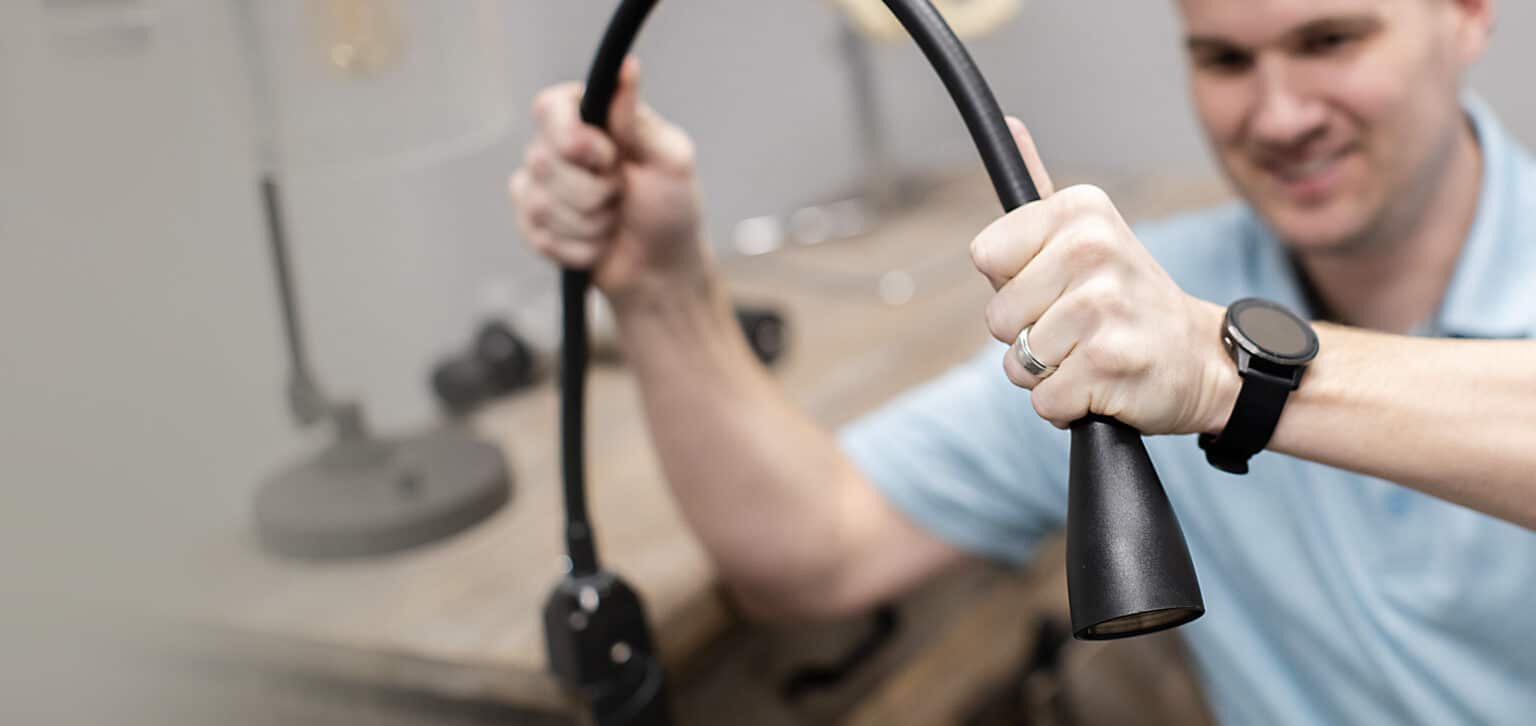The Number One Question We Ask Potential Medical Device Design Partners

Share:
When we talk about medical device components, Moffatt Products is in a unique space. We’re both a component manufacturers AND we also source parts from other component manufacturers. That’s how we create our flex arm devices. It’s important for us to have a base line knowledge of how that company works and if we’d be a good match. That actually translates across a lot of design fields. As such, we thought it might be useful to walk through some of the questions that we like to have answered before we do business with a new parts supplier.
So let’s start with the most important: What have they done before?
What does a potential partner’s design portfolio look like?
Developing a new product is all about two things: communication and, well, more communication. So when we ask for a design portfolio we’re not just looking at the deliverables, we’re also looking at the way that they worked with their design partners. It’s not just enough for them to have a portfolio of work within your space, here are some other questions we might ask to understand the context of their portfolio.
- Who have you worked with?
- Are you experienced in this specific industry?
- Do you work well with another design team?
We also have these questions asked of us frequently, and to be honest: we completely understand. The person developing the device is also driving the design parameters. They’re going to want to know that the team they work with will be alert, listen to design feedback, and be timely in their response.
Are they familiar with our medical device design?
We also want to know if they’re familiar with the general details of flex arm design. For us, we usually won’t have to totally invent a new component, often it will be a close “cousin” to what we’re already doing. That can eliminate a lot of time and expense from the design time. Having a partner who already understands how our device works (or can learn quickly) is vital to our process.
That can also matter when we are sourcing parts for our own projects too, even when it doesn’t involve “designing” a new part, it may often require sourcing a new one depending on the project. If we’re talking about a flex arm, we may have limited options – but something like an end fitting might have twenty or thirty companies to choose from.
What is our timeframe for production look like?
It’s not always easy to forecast a development timeline (though for a company like Moffatt, we can usually give a pretty accurate assessment based on the parts you’ll need), so we like to ask about several different timeframes.
Typically, if we’re the sourced part, we’ll need to know what the expected delivery and timeframe for a final product will be. A shorter timeframe inevitably means fewer options, but it is by no means a deal breaker. If we’re working with another company for their sourced flex arm component, we’ll want to know how long it may take for them to get us samples or even mock up a prototype.
That’s a big one. Rapid prototyping is THE best way to understand if a component work with a medical device. Sure, you can look at CAD files, but until you’ve got one in your hand, it’s not the same
How are any medical device design “fees” handled?
Some companies have standard design fees, others have hourly design rates, while still others build it into the cost of the deliverable. Moffatt doesn’t charge upfront for design, which can be better for some companies – while others will want to get the price point per unit down as low as possible. For those people, they may want a flat design fee up front. Either is fine, but we need to know.
How much does it cost and why?
Cost can be as simple as the bottom line, but for us that number can fluctuate quite a bit depending on what’s needed. It’s why we include an introductory meeting before we quote you a price – without that it could be anywhere between $30 – $100. So what might cause the fluctuation?
It starts with how complex the innovation or parts that a potential client would need. Will there be tooling involved? It’s why we’ve included a design checklist in our initial meetings. In answering these questions, we’ll be able to come up with an accurate quote for your device.
Do you have more questions? Let’s talk.
Innovation starts with a great conversation. We’re ready to have one, are you?
Launch your design
